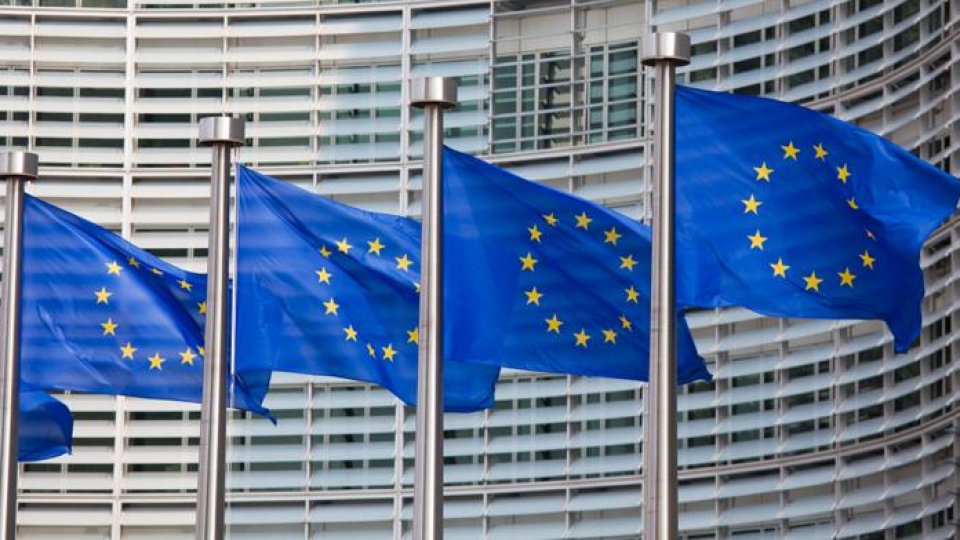Romania’s EU Presidency: Provisional Agreement Heavy-Duty Vehicles
New rules which set binding CO2 emission reduction targets for heavy-duty vehicles.

19 Februarie 2019, 19:02
The EU is taking steps to reduce CO2 emissions of lorries. Romania’s Presidency of the EU Council and the European Parliament have reached a provisional deal on Tuesday, 19 February, on new rules which set binding CO2 emission reduction targets for heavy-duty vehicles. Provisional agreement reached today requires endorsement by Member States.
New rules will ensure that between 2025 and 2029, new trucks will emit on average 15% less CO2 compared to 2019 emission levels. From 2030 onwards, they will be required to emit on average 30% less CO2. Those targets are binding, and truck manufacturers which do not comply will have to pay a financial penalty in the form of an excess emissions premium.
Graţiela Leocadia Gavrilescu, Romanian Deputy Prime Minister and Minister of the Environment: For the first time, we are putting in place CO2 emission reduction targets for heavy-duty vehicles. Today’s agreement closes a gap in European environmental legislation. It ensures that the heavy-duty vehicle sector starts contributing its share to our climate goals. We are determined to deliver on the promises which we have made under the Paris Agreement.
In addition to setting binding targets, EU co-legislators agreed to strengthen the incentive system for zero- and low-emission vehicles (ZLEVs) in the heavy-duty sector compared to what was proposed by the European Commission. Buses and coaches were excluded from the ZLEV system because these vehicle types are already incentivized through other measures.
EU co-legislators also agreed specific measures which will ensure the availability of robust and reliable data. Data will be obtained through on-board devices which monitor the actual fuel and energy consumption of heavy-duty vehicles.
Already last year, the Council adopted a regulation which provides the technical basis for the new rules by setting out in detail how CO2 emissions will need to be monitored and reported.
Background and next steps
CO2 emissions from heavy-duty vehicles including lorries, buses and coaches, represent around 6% of total CO2 emissions in the EU and 27% of total road transport CO2 emissions. In June 2018, the Council adopted monitoring and reporting rules of CO2 emissions as well as fuel consumption of new heavy-duty vehicles. Currently, EU law does not set any CO2 reduction requirements for such vehicles.
European Commission adopted the proposal on this new regulation on 17 May 2018. It aims to set CO2 emission performance standards for new heavy-duty vehicles and thereby help member states achieve their emission reduction targets agreed under the effort sharing regulation. The European Parliament agreed its position on 14 November 2018. The Council agreed its position (general approach) on 20 December 2018. Negotiations with the European Parliament started on 8 January 2019 and ended with today’s agreement.
Provisional agreement reached today requires endorsement by Member States. It also needs to be confirmed through a vote by the European Parliament. Once these steps are completed, formal adoption by the Council can take place – this is likely going to happen by the end of May.
Source:Romania2019.eu









